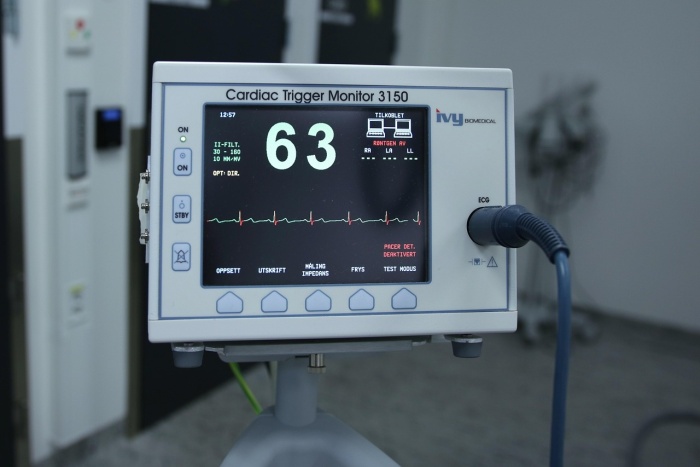Introduction to ECG training
ECG training for healthcare professionals is designed to simplify the process of learning and applying electrocardiography in clinical practice. By mastering ECG interpretation, practitioners can make informed decisions that enhance patient care and safety. The training focuses on building a strong foundation in cardiac anatomy and physiology while equipping learners with both theoretical knowledge and hands-on skills.
Core concepts and basics
The training begins with an introduction to the basics of ECG, including the cardiac conduction system and the significance of PQRST waves. Participants gain an understanding of cardiac electrophysiology, which forms the basis for interpreting electrical activity in the heart. This foundational knowledge is essential for recognizing normal and abnormal heart rhythms.
12-lead ECG system and interpretation
A key component of ECG training is understanding the 12-lead ECG system, including lead theory and proper electrode placement. Learners are taught to identify normal ECG readings and their variants, as well as to systematically interpret 12-lead ECGs. This structured approach helps in recognizing basic waves, intervals, and segments with confidence.
Recognising pathological conditions
ECG training emphasizes the identification of various pathological conditions. These include heart rate and rhythm disturbances like arrhythmias, heart blocks, and atrial fibrillation, as well as myocardial conditions such as ischemia and infarction (STEMI and NSTEMI). Structural abnormalities like ventricular hypertrophy and congenital heart diseases are also covered, along with other conditions like Wolff-Parkinson-White syndrome and electrolyte imbalances.
Addressing artifacts and errors
Another critical aspect of ECG training is understanding artifacts and errors that can affect the accuracy of ECG tracings. Participants learn to identify and mitigate these issues to ensure reliable readings. This knowledge is vital for avoiding misinterpretations that could lead to incorrect diagnoses or treatment plans.
Practical application and skill development
The training combines theoretical learning with practical application, allowing healthcare professionals to practice ECG interpretation in real-world scenarios. By honing these skills, practitioners are better prepared to recognize critical conditions, respond promptly, and provide high-quality care. This comprehensive approach ensures that ECG training is both effective and impactful in clinical settings.









